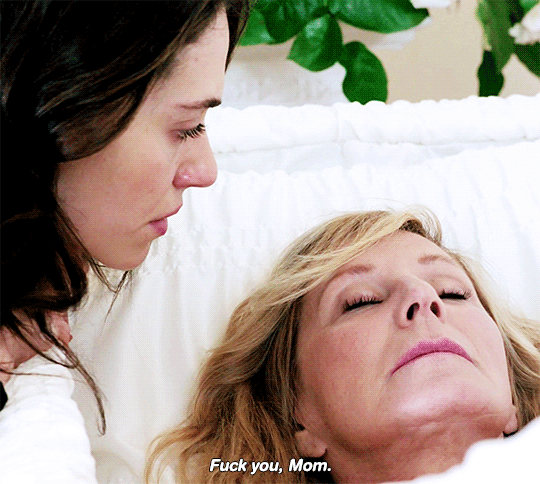musings for @kingcities, @steadyclips, & @spreadflame.
Don't wanna be here? Send us removal request.
Text



30 Days of Night (2007)
1K notes
·
View notes
Photo
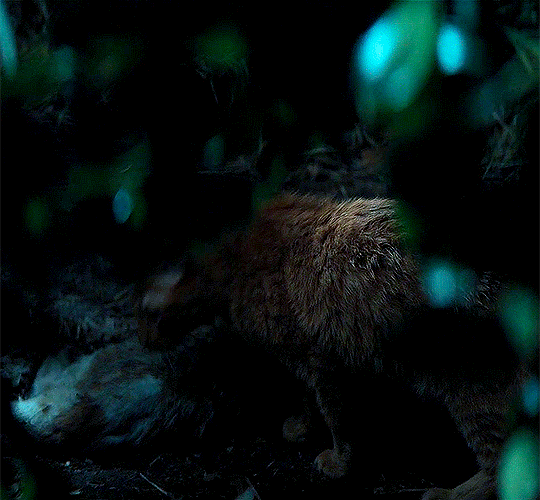
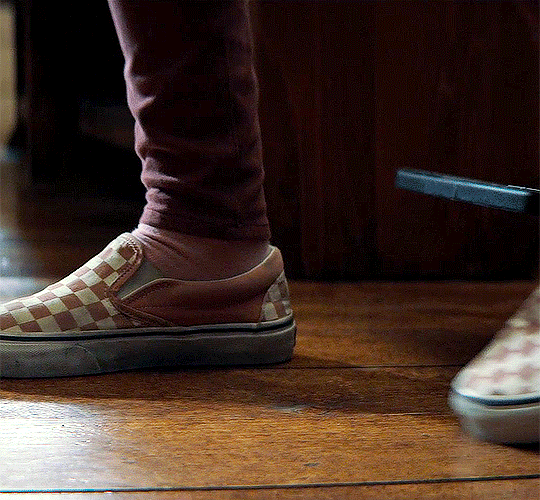

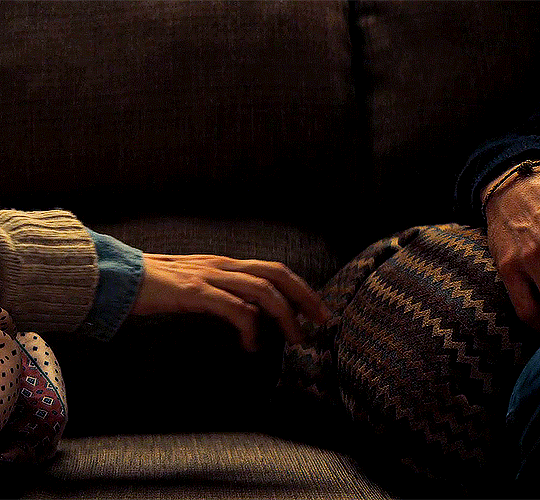
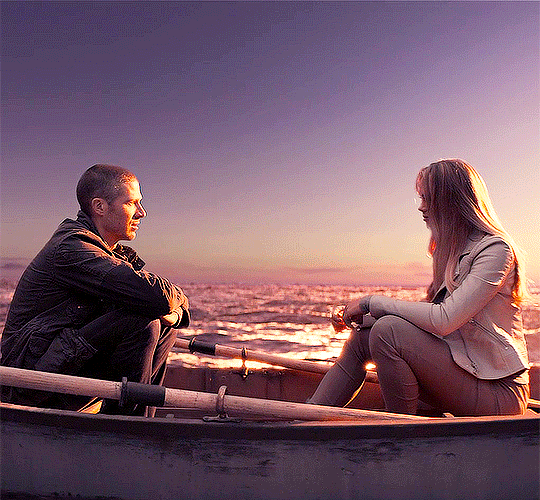
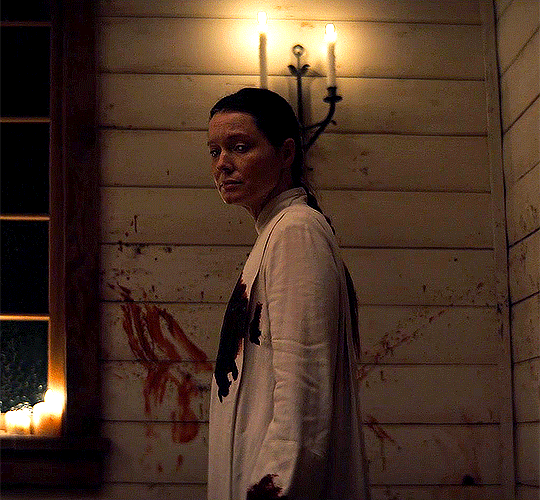
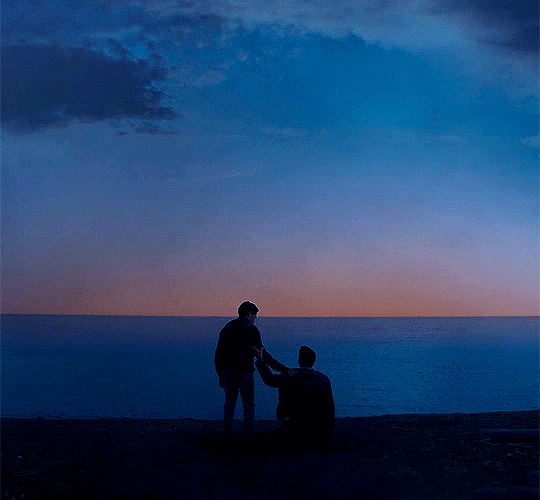
“He makes the sun rise on the evil and the good.”
Midnight Mass dir. by Mike Flanagan
808 notes
·
View notes
Text


NOSFERATU THE VAMPYRE — 1979, dir. Werner Herzog
2K notes
·
View notes
Text
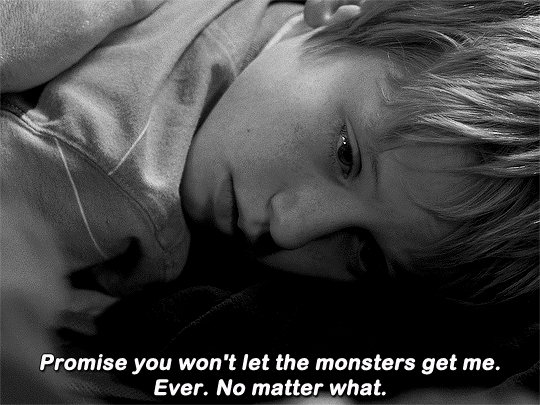

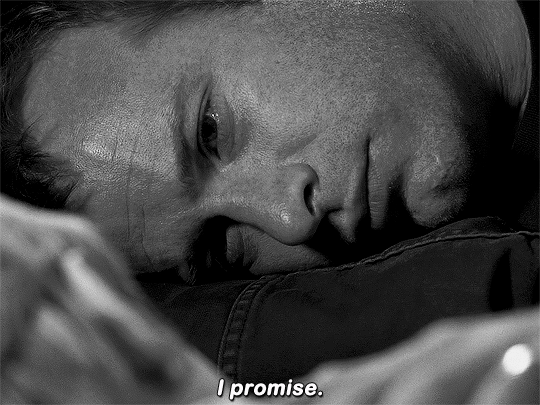
The Mist (2007) dir. Frank Darabont
527 notes
·
View notes
Photo

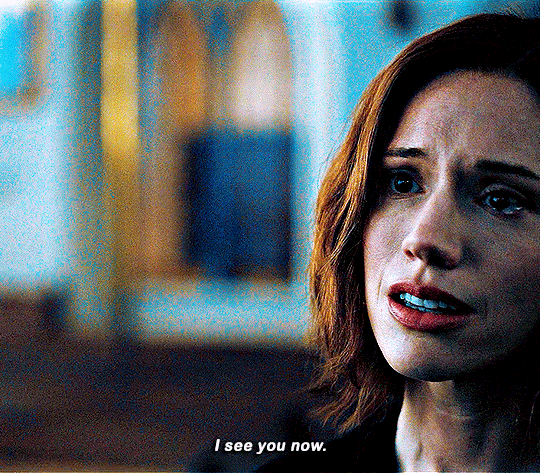

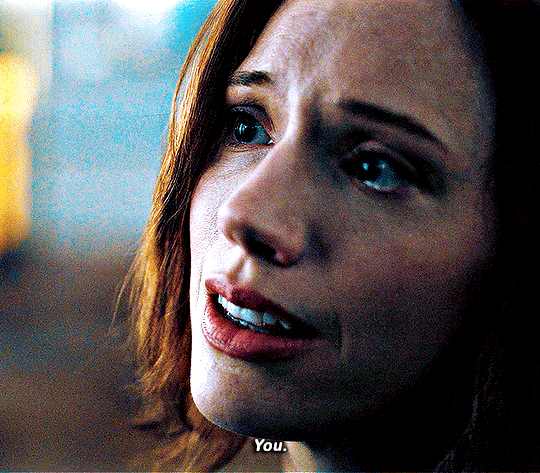
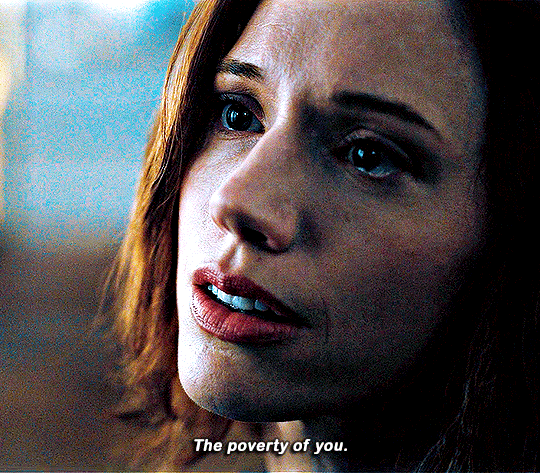
“He’s rich.” When people asked how you took them, how you convinced them away from me. “He’s rich,” I’d say. “He’s rich.” And you don’t understand what the word means. They were young. They only knew appetite, and “Here,” you said, “Come with me. Gorge yourselves.” How could I compete with that? You didn’t feed them though, did you? You starved them. Less and less of them came back each time, until one day they were empty. They were syphoned. You started filling them up with… What did you fill them up with, Roderick? What did you have to fill them with? Because you weren’t rich, were you?
THE FALL OF THE HOUSE OF USHER | 1.08 “The Raven”
2K notes
·
View notes
Text


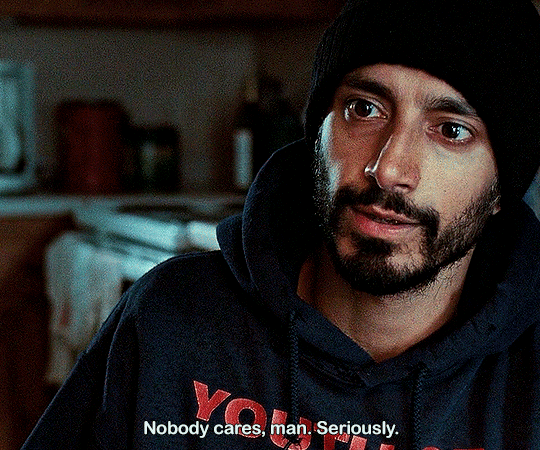
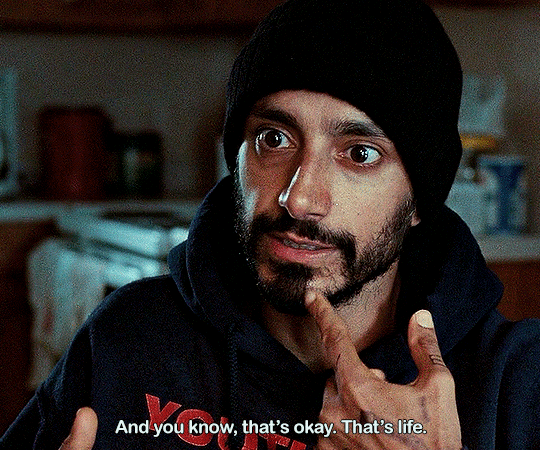

SOUND OF METAL — 2019, dir. Darius Marder
2K notes
·
View notes
Text
Screencaping: A Do It Yourself Guide.
Icons have become a roleplaying staple and it’s nice to be able to make you own, sometimes it’s more easily said than done. There are a lot of sites that post them for public use but it can be hard to find content for obscure (or older) movies and shows which leave you having to take your own. I’ve noticed that a lot of the roleplaying community goes about this the hard way – using either the print screen or snipping tool to take their screencaps one by one – this is tedious and unnecessary, I’m going to teach you an easier way to get quality screencaps like @hq-screencaps and @grande-caps post.
There are two programs that I’m aware of, KMPlayer and this video to .jpg converter @viridisalae turned me on to. I haven’t tried the latter yet so we’re going to focus on KMPlayer since I’m more familiar with it. Please keep in mind I am self-taught, there may be other ways to accomplish the same thing in this program, if so please message me and I’ll gladly add it in.
Step #1
After you’ve installed the program and have it open you’re going to right-click anywhere in the ‘screen’ area and select Capture, another menu will open, in it select Frame Extract.
A new window will open, this is one we will keep open for the entirety of this project. It’s where you control your screencapture settings.screencapture settings.
Step #2
This is where my being self-taught comes into play. I learned using a lot of trial and error and these are the settings that work best for what I need.

Chose a destination folder for your caps to be saved in (kmplayer does have a default folder but having one in mind in advance is helpful) and name what you want the title for each frame to be, this is from beauty and the beast 2017. the _ separates the number sequence from the title so it’s easier to read. You can call yours whatever you like as well as deciding how high you want those numbers to go. I use 4 digit numbers for movies and three for television shows.
Make sure in the number to extract section you have continuously selected, this keeps the program capping in the background so you don’t have to do anything. Size to extract is the size of the screencaps you’ll end up with, I’ve found original size works best for clarity.
In the frames to extract section, you can choose how many frames it takes each second or minute, that’s a matter of personal preference. For beauty and the best I did 2 frames per second which yielded around 14,000 (a lot) usable screencaps (about 300+ icons per character I did). Once you have it set up to your preferences click the video player again, the settings window should stay open beneath it.
Step #3
Load your movie, show, whatever video content you’re going to be working with and select Open. It should begin to play within a few seconds.

Click the settings window you moved to the background and click Start, the screencaping will begin. It will give you stats while it runs, you can mute the sound and go lurk on Tumblr or have a snack if you don’t feel like watching the movie. The program will continue to screencap for you. No more taking caps one frame at a time.
67 notes
·
View notes
Text
don’t have PS , but want to create …
text message
facetime
snapchat post
instagram post
twitter post
EDIT ALL GIFS / VIDEOS @ ez-gifs to take off watermarks . * great for mobile !!
1K notes
·
View notes
Text
Developing Backstory: Bringing Characters to Life

1. Where It All Started: The Character’s Origin
Place of Birth: Where did your character first see the world? Think about the impact of this place—was it a busy city where they had to fight for attention or a quiet village where everyone knew everyone’s business? This location doesn’t just say where they’re from; it shapes how they see the world.
Family and Upbringing: What was their family like? Were their parents loving or distant? Maybe they were raised by someone other than their parents—a mentor, an older sibling, or even alone. Family (or the lack of it) is usually one of the most significant factors in shaping who someone becomes.
Society’s Expectations: What was expected of them when they were young? Possibly, they were born into wealth, with all the pressure to continue the family legacy, or maybe they were raised to be invisible in a world where survival mattered. How does this influence who they are now? Do they accept or reject those expectations?

2. Childhood Events That Left a Mark
First Taste of Conflict: Think about the first time the character realized the world wasn’t a perfect place. Maybe they witnessed violence or faced betrayal. What was that moment, and how did it stick with them? This moment usually lays the foundation for the character’s emotional landscape—fear, hope, ambition, or distrust all come from these early life lessons.
Childhood Dreams: When they were young, what did they want to be? Every child has dreams—did they want to be a knight, a scholar, or even just someone who could travel the world? Did they have to give up these dreams? How does that lost dream shape them now?
Formative Relationships: Who was their first best friend, mentor, or enemy? Childhood friendships and relationships often create deep bonds or wounds that last into adulthood. Did they have a mentor who taught them everything, only to betray them? Did they lose a childhood friend that still haunts them?

3. The Teen Years: Where They Start to Become Who They Are
Trials and Tribulations: What’s the biggest challenge they faced as they grew up? Was it losing a loved one, failing at something important, or maybe being forced into a role they didn’t want? These teenage years are where the emotional armor starts forming—how did the difficulties they faced shape them into the person they are now?
Education or Training: How did they learn what they know? Were they formally trained by an institution, learning everything by the book, or did they learn through experience, like a street-smart survivalist? What impact does their education or lack of it have on how they interact with others?
Teenage Bonds: Did they have a first love or a first major falling out with someone close to them? These experiences often create emotional scars or connections that they carry with them into adulthood. How does that past friendship or romance influence their behavior now?

4. Key Life Events: The Big Moments That Define Them
Trauma or Loss: Was there a moment that changed everything? Think about a significant loss—maybe a loved one, their home, or a sense of identity. How does this event affect their worldview? Do they build walls around themselves or dive into relationships with reckless abandon because they fear losing more?
Victory or Failure: Did they experience a moment of triumph or devastating defeat? Success and failure leave their marks. Were they celebrated as a hero once, leading them to overconfidence, or did they fail when everyone was counting on them, leading to crippling self-doubt?
Betrayal: Was there a betrayal that shaped their adult relationships? Whether it is a friend, family member, or lover, betrayal often changes how we trust others. Do they close themselves off, constantly expecting betrayal, or try to rebuild trust, afraid of being left alone again.

5. Where They Stand Now: The Present Moment
What Drives Them Today: What’s the one thing pushing them forward now? Is it revenge, the need to restore their family’s honor, or maybe even just survival? Whatever it is, this motivation should tie directly back to their experiences.
Emotional Baggage: What unresolved emotional wounds are they carrying? Everyone has scars from their past—some are visible, others not so much. How do these emotional wounds affect how they treat others, how they react to conflict, and how they move through the world.
Current Relationships: Who’s still in their life from their past, and how do they feel about it? Did they reconnect with someone they thought they’d lost, or are they haunted by unresolved issues with people from their past? Do they have any ongoing tensions or regrets tied to these people?

6. Tying Themes to Their Backstory
Cultural or Mythological Influence: How does their personal story tie into the larger world’s mythology or culture? Do they carry a family legacy, a curse, or a prophecy that hangs over them? How does this influence their interactions with others and their perception of themselves?
Recurring Symbols: Are there objects, dreams, or people that keep showing up in their life, symbolizing their journey? Perhaps a recurring nightmare haunts them, or they carry an object from their past that’s both a source of comfort and pain

7. Character Arc: The Journey from Past to Present
How Does Their Past Shape Their Growth?: Every character has emotional baggage that needs resolving. How does their backstory drive their arc? Do they need to forgive themselves, let go of the past, or accept who they’ve become to move forward?
Unanswered Questions from the Past: Are there any mysteries in their backstory they need to solve? Maybe they’re unaware of their true parentage, or maybe there’s a forgotten event from their childhood that will resurface and change everything.
4K notes
·
View notes
Text
mary oliver said “you must not ever stop being whimsical” and i took that shit personally
2K notes
·
View notes







